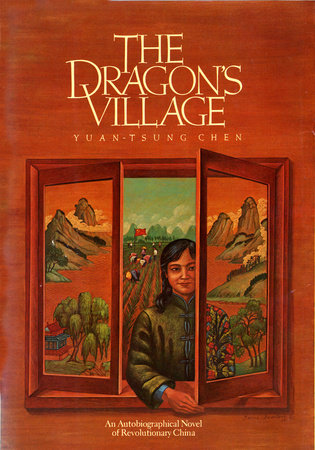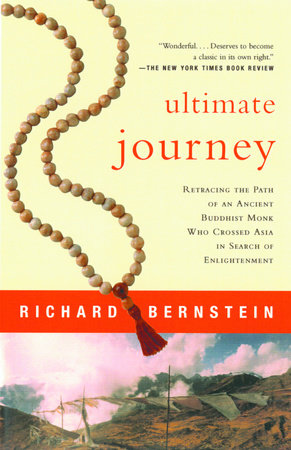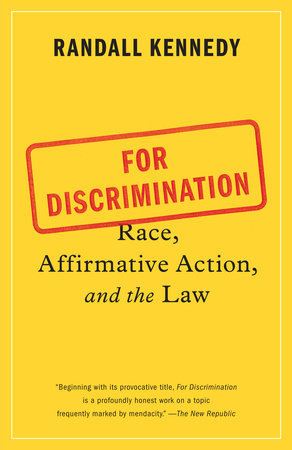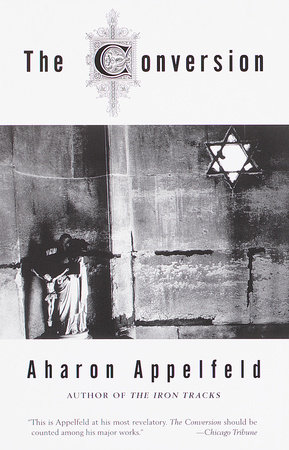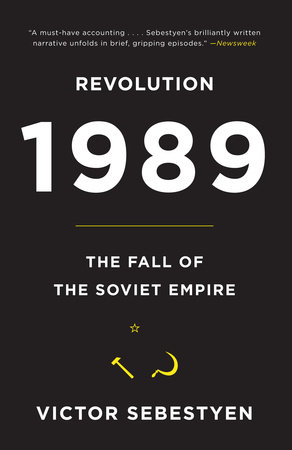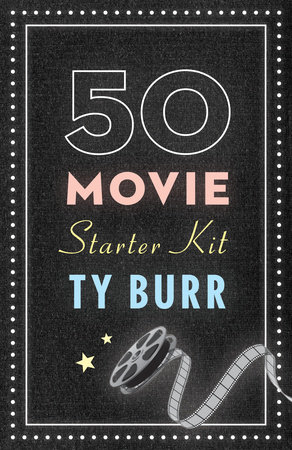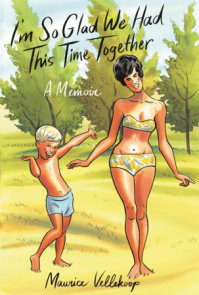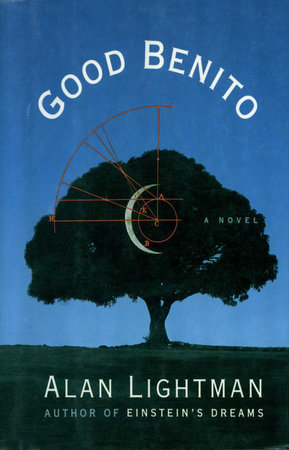Author Q&A
Q: You follow the stories of seven characters and their various encounters with Hurricane Katrina. Tell us a little bit about each of these unique individuals and why you chose to tell their stories.
When it comes to Katrina, that which links the population of New Orleans – not to mention that whole Gulf Coast region – is a devastating sense of loss: of lives, of possessions, of home, of community. Each of the characters in A.D. suffered that loss in a different way, and I wanted the story to reflect those different realities.
I selected Denise after hearing her on a public radio program. The mainstream media, in the days following the storm, inaccurately reported roving gangs, shootings, rapes, and murders at the New Orleans Convention Center. Denise witnessed what really happened, how the people there were abandoned by the authorities and how they did their best to help one another – often with the so-called “thugs” at the forefront. I knew Denise’s story had to be front and center in A.D.
I found Leo (and, by extension, Michelle) online. Leo had been a reader of the blog I kept as a Red Cross volunteer, and when I then read his blog and learned that in addition to everything else he had lost his extensive comics collection, I felt an intuitive understanding for him. After all, besides being a cartoonist, I’m also a long-time comics collector. The idea of losing my prized possessions – and all the memories they hold – is terrifying to me.
I learned of Abbas and Darnell from a mutual friend, and even though Abbas and I couldn’t be more different – from our backgrounds to how we’ve lived our lives – I totally identified with the series of questionable choices that led to his being stranded in his flooded grocery store.
I read about Kwame in my alma mater Oberlin’s alumni magazine, about how his house in New Orleans East was totally flooded, how his school was ruined, and how he had to spend his senior year of high school in Berkeley. He then went directly from California out to Ohio for college. His story echoed that of so many other displaced New Orleanians. Having led a peripatetic childhood, myself, I strongly related to his tale.
And the Doctor, of course, is a real-life French Quarter raconteur – as well as being a key participant in the post-Katrina relief and recovery efforts. (He also hosted Larry Smith and me in his “slave quarters” guesthouse when we first visited the city.)
Q: What can you tell us about the publishing story of A.D.?
The project began in the summer of 2006. My buddy Jeff Newelt, who is the comics editor of the storytelling site SMITH Magazine, had read Katrina Came Calling, my self-published ‘zine about my time volunteering with the Red Cross in the Gulf Coast after the hurricane. As a disaster response worker stationed in Biloxi, Mississippi, in October 2005, just weeks after the storm, I delivered hot meals to sections of the city without power. While I was there, I met many folks who had lost everything in the hurricane. Those experiences with the Red Cross gave me a sense of connection that later provided vital background and context for A.D.
Jeff gave Katrina Came Calling to SMITH editor Larry Smith, who then asked me to tell the story of Katrina and New Orleans in comics form on his site. As the project evolved, Larry was instrumental at every stage – from making the first contacts with possible subjects, through all the traveling, interviewing, and decision making, to ensuring that A.D. was strongly presented on SMITH.
I felt it was important to tell the story from the perspectives of a range of real people who had lived through the storm: well-off and poor, black and white, young and old, gay and straight, male and female, those who evacuated and those who stayed behind, people who were greatly affected by the flooding and even some who weren’t. So my first job was to act as a journalist: I talked to friends – and friends of friends – from New Orleans; I spoke with people who ran regional nonprofits and other local organizations; I tracked down accounts of the storm and its aftermath on the radio, in magazines and newspapers, and on the Internet; and I made lots of phone calls and sent lots of e-mails.
Eventually, seven people emerged as A.D.’s “characters”: Denise, Leo, Michelle, Abbas, Darnell, Kwame, and The Doctor. After selecting the subjects, I finally flew down to New Orleans in January 2007 to meet them in person. I took tons of photos, not just of them and their pets, homes, and cars, but also of the still flood-wracked parts of New Orleans. It was then up to me to weave the characters’ stories together in comics form, illustrating the storm and their disparate paths into and through it – while periodically fact-checking with them and keeping up with their changing fortunes.
A.D. was serialized on SMITH in 2007—2008. I had always planned for the comic to be a book, however, so when Pantheon agreed in the summer of 2008 to publish it, I couldn’t wait to get to work on reformatting and expanding it. The book edition of A.D. has about 25 percent more story and art than what appeared online; I also made significant changes and revisions to large chunks of the original material. That, combined with the different reading experience between online and print, in my mind makes the A.D. book a completely new animal.
Q: What was your process like in making A.D.? What was it like working with real life characters?
My preparation for A.D. was quite different from my previous work, because I had to visit the area, interview folks in-depth about their lives and experiences, do extensive photo research, and bring multiple storylines together into a coherent narrative. Fortunately for the project, the stories I got from my meetings with the characters were truly intense – especially from Denise, who probably suffered more than any other character in the immediate aftermath of the storm – and that intensity made it much easier for me to see how to tell the stories and weave them together.
When Larry and I first flew down to New Orleans to meet our potential subjects, Kwame, the high school student (who by that time was in the middle of his first year at Oberlin), was hesitant about committing to the project: His preacher father came along to our first meeting as a sort of chaperone, and he was concerned that the project might somehow exploit Kwame and his experiences. But Larry and I talked honestly about what we had in mind, showed them both some art samples, and eventually won Kwame’s dad over. For the web portion of the project we agreed to use a pseudonym for Kwame instead of his real name, but when it came time to revise and expand A.D. for print, Kwame and his family allowed me to use their real names in the book. I’m very proud of that.
Q: Before Pantheon’s publication, SmithMag.net serialized your work at the rate of about a chapter a month. The characters in your book were reading and commenting on the webcomic in real time and in some cases, the actual characters would e-mail you and say, “Hey! You got this part wrong.” Was that a helpful editing process for you? Is this the future of journalism?
I don’t know if it’s the future of journalism, but in my case, feedback of any kind is really important to me. And with a large-scale project like A.D., doing it first on the web made creator—reader communication easy. Whether it was a New Orleanian reader correcting my pre-hurricane timeline (which I later amended) or one of the actual characters responding to his or her portrayal, I was grateful for the feedback. It was like having an entire community as my research and fact-checking team!
There was one case early on that sort of set the tone. When I first introduced Denise in the strip, she was concerned that her character might be perceived as a stereotype. I decided that the best way to deal with her concern and to avoid similar issues in the future would be to run my scripts by her beforehand. I was totally happy to do that, because it is her story after all! My main goal was to get it right.
I was gratified a few months later by Denise’s reaction after a reader commented that he was gripped by the episode in which the storm hits Denise’s house, but winced at one piece of ripe dialogue that sounded contrived. Denise, who, like everyone else, was following the story online, responded directly on the A.D. message boards: “That woman is me, and that is exactly what I was thinking at that moment and for many, many moments during the hurricane.” How often do journalists have their subjects verify their stories in real-time, online? Thank you, Denise!
Q: Why did you choose to color the panels the way you did?
I love one- or two-color art – how it is simultaneously restrained and expressive. For this story, it seemed the perfect way to capture the feeling I was going for.
The main events of A.D. take place over a four- or five-day period. So the first thing I did when I converted A.D. to print was to use color to signal each new day. I also thought of each individual color scheme as a sort of visual “soundtrack,” a guide for the reader through the story’s emotional ups and downs. For instance, when we first meet the characters, I use an orange and yellow scheme to evoke New Orleans’ “Golden Age,” when the city was still known for its music and unique culture, not for being victimized by a giant hurricane. Similarly, when the hurricane has passed and Denise is trapped at the Convention Center with the thousands of other evacuees, I use blood red and a sickly yellow-green to evoke the high-pitched tension (and oppressive heat) of those moments.
The only break from my day-by-day coloring system is when the storm actually hits (which took place over parts of two days). For that period I chose a blue-green, wind-and-water-themed color scheme. I also use unique color schemes to distinguish the beginning and end sections, the periods which occur outside of the book’s main narrative.
Q: How do you think the reader experiences will differ from web to print?
The web version of A.D. (still online at http://www.smithmag.net/afterthedeluge), though significantly shorter than the book, is presented in a way that allows for a multilayered experience. It is seeded with links to podcasts, YouTube videos, archived hurricane tracking reports, and even personal details, such as the Doctor’s favorite mixed-drink recipes. The platform that SMITH built for A.D. is a very nice interface for reading comics online – one tier of comics presented at a time and each page clicking to the next. A.D. on SMITH also features video and audio interviews with the characters, a Hurricane Katrina resource list, and an active blog.
All the same, when comics are presented on the web – often one panel at a time – something of the gestalt of the comic book is lost: the interplay of the tiers of images on a page; the way a two-page spread can work to frame and augment the drama; aspects of timing, meter, and rhythm; and even details, such as how you use the final panel of a right-hand page to lead into the physical act of turning the page. All that is missing – or changed in important ways – when reading comics on the Internet. And of course, the physical book is missing: the feel and weight of it in your hand, the dust jacket, the texture of the paper, and the other design elements that make a book into an “art object.” Converting A.D. to print – and significantly revising and expanding its content – was extremely important to me.
In the end, I feel very fortunate that A.D. has benefited from both “content delivery” forms.
Q: Were there any challenges in converting the book from web to print? Was it an entirely different process for you?
The biggest problem was formatting the book and inserting new material into the existing storyline. Pantheon allowed me to set the book’s trim size and format the book exactly how I wanted, which was wonderful, but making those decisions was difficult. One thing I knew I wanted to do (which was a major difference from the way the story was presented online) was to integrate large two-page art spreads. Creating these spreads didn’t just involve taking a single panel of the online comic and “blowing it up” to fill two pages. It also meant accounting for how the spreads would affect the layout of the rest of the book. (For instance, I occasionally needed to add art to fill a “hole” – a blank page or part of a page – preceding a spread.)
The other major challenge in expanding the book was crafting the last two sections, which deal with the characters’ lives since the hurricane. I dealt with this a little bit in the webcomic’s “epilogue,” but this portion of the book is much more extensive than it was in the online comic. Up to that point, A.D. had predominantly taken place over a period of five or six days, and I was mostly able to tell the story using action and in-scene dialogue. The new post-Katrina sections posed a fresh challenge: integrating a large period of time – years, in fact – and very little in-scene action. What I chose to do with those sections was to have the characters tell their own stories, mainly using “voiceover” narration to lead the reader through the events after Katrina. Even though this was an abrupt change of voice in the book, I felt it was really important to tell this part of the story and to let the characters speak for themselves.
The final test was smoothly integrating the newly written material into the existing storyline without losing continuity. I think it all came out pretty well in the end; at this point even I have trouble remembering which material was completed when!
Q: What do you hope readers take away from A.D.?
Like everyone else, I was profoundly shaken by the sight of New Orleans’ destroyed levees and flooded homes, and haunted by the sight of people stranded on rooftops and at the Superdome and Convention Center. As a human being, I was moved to volunteer with the Red Cross; as a cartoonist I needed to somehow document the event.
With A.D., my main goal was to be as true to the characters’ experiences as possible, to do justice to their stories. What Katrina survivors went through is so incredible on its own, it’s pointless to “augment” the drama. Since A.D. began to appear online, I’ve had a number of encounters – both in person and online – where Katrina survivors have thanked me for telling the story of the storm and the city. I get the sense that for them reading A.D. has been cathartic, almost like “group therapy.”
The stories of the seven people in A.D. are quite particular and highly personal, but my hope is that they provide a window for readers who aren’t Katrina survivors into a world that few of us understand, but that we’ll be trying to make sense of for a long time to come. I also hope that readers will understand what it means that Denise, Leo, Michelle, Abbas, Darnell, Kwame, and Brobson are still rebuilding their lives and that the city they love has a long way to go, too.
Q: Prior to A.D., what were your past encounters with New Orleans like?
Before Hurricane Katrina, I had very little personal connection to New Orleans, other than the fact that my wife and I had visited the city for about a week in 2003. Like most people, I appreciated New Orleans’ unique cultural, racial, and historical heritage, and that it is the birthplace of jazz and so much other good music. As an American, I knew how important the city was to the identity of the whole country – and how it was all in danger of being lost due to Katrina and the aftermath. Seeing what happened to New Orleans, and the government’s inability (or unwillingness) to respond, lay bare the realities of decades of poverty, discrimination, and government corruption (all of which, of course, are themes in A.D.) Since Katrina, I have visited New Orleans many times, and each time have come to love it more – and admire those who stayed and are attempting to rebuild their lives.
Q: Who are your influences?
My earliest influence is undoubtedly Hergé, the creator of Tintin. Hergé was the first cartoonist I really “studied,” in the sense that from the age of eight or nine, I read every Tintin book scores of times. Among other things, I think I got my sense of humor and love of globe-spanning travel from the Tintin books.
Another major influence is cartoonist Joe Sacco. He does real, on-the-ground research, and tackles serious issues about the human condition; and he draws beautifully! Books like Palestine and Safe Area Gorazde should be required reading in every world politics course.
I would say my third most important influence is writer Harvey Pekar and his autobiographical comics series American Splendor. Pekar’s work in documenting quotidian existence has shown me how extraordinary “ordinary” life can be; and getting to work with him as an illustrator for the last ten-plus years has helped me really appreciate the subtleties and power of his work.
Q: What’s next for you?
My next full-length project is a collaboration with a syndicated media critic.
In addition, I continue to produce occasional vignettes and short pieces for the online comics studio ACT-I-VATE, while working toward the completion of the next issue of my solo title The Vagabonds.
I found the experience of creating A.D. incredibly gratifying, both personally and professionally, so I’m looking forward to my next long-form nonfiction comics project – though let’s hope it doesn’t focus on a large-scale disaster or any other kind of human misery!



